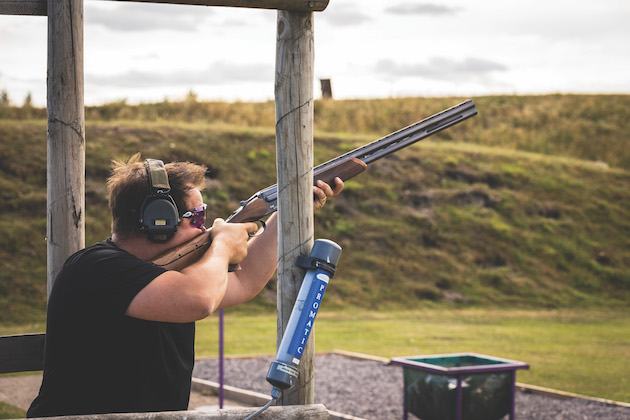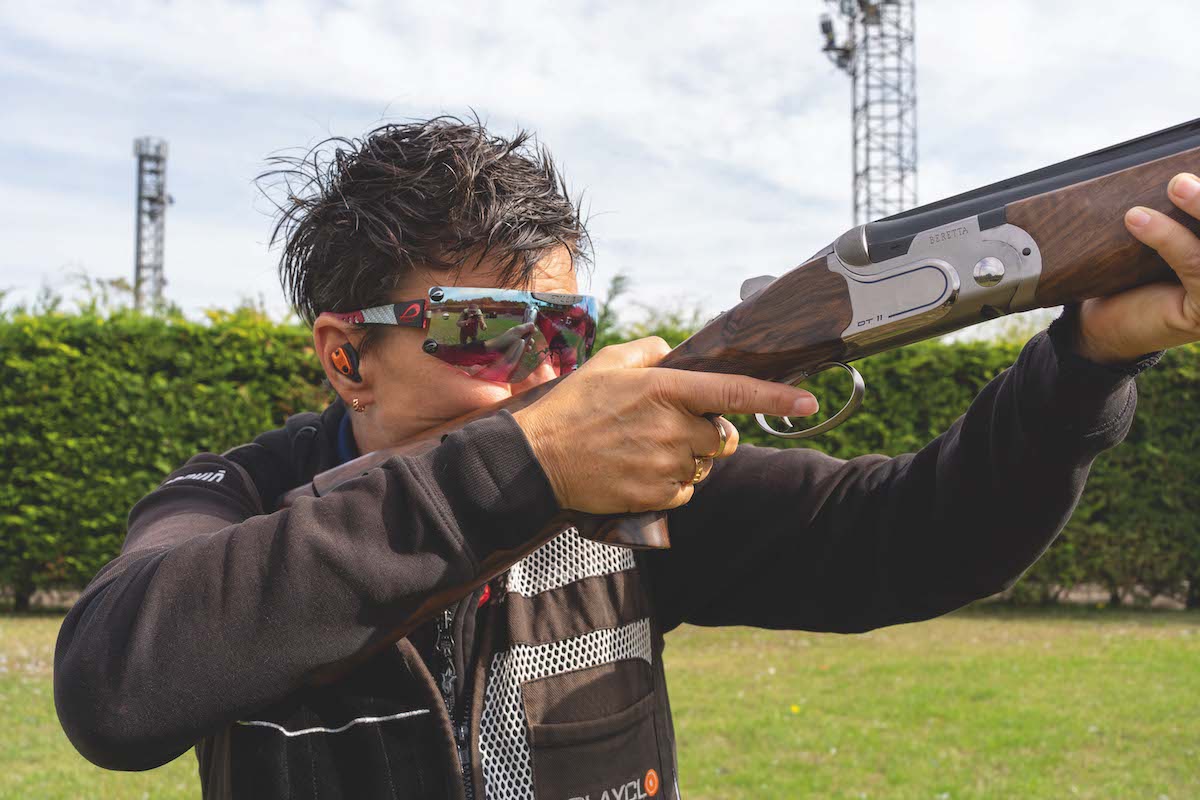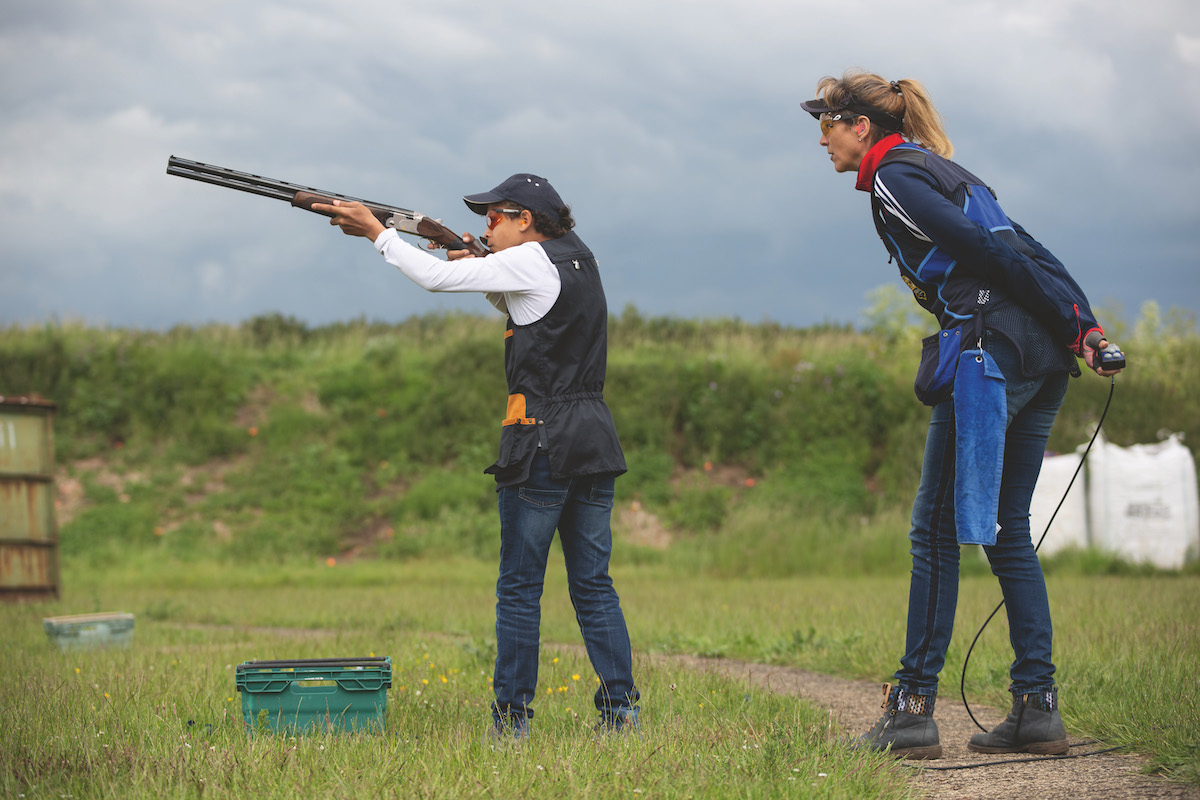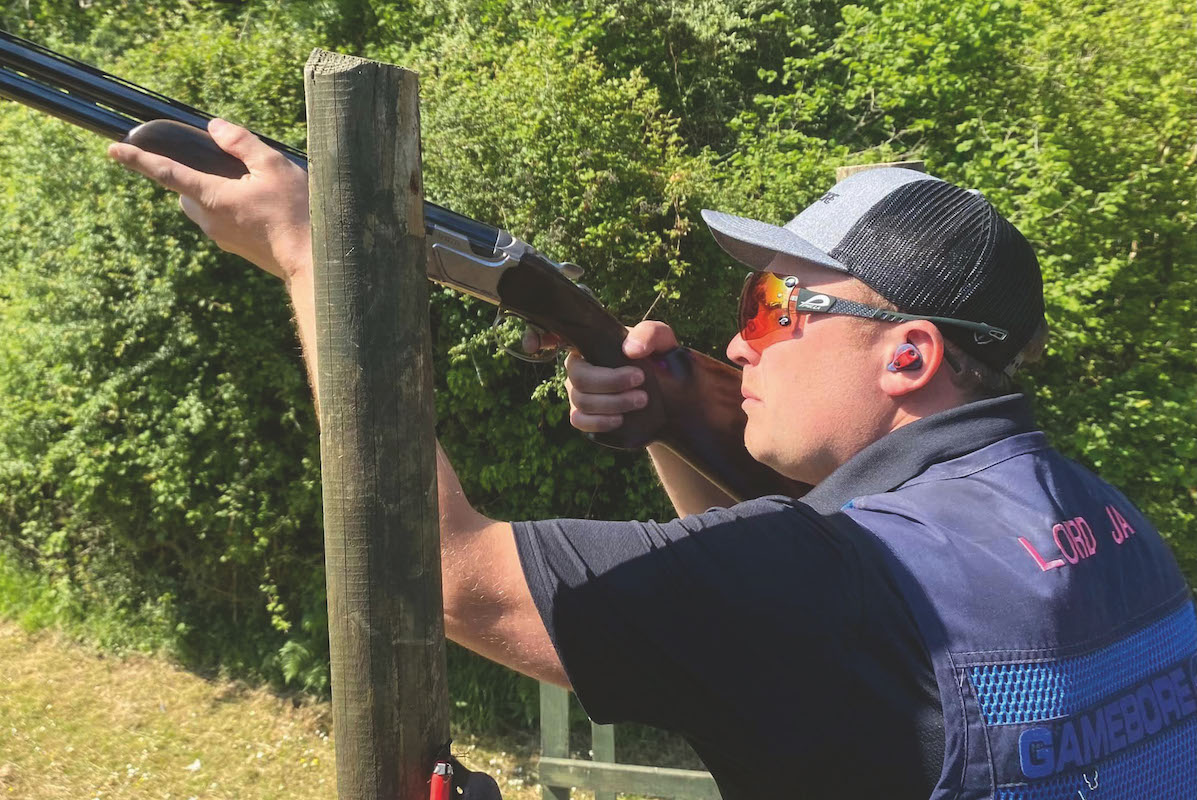Steve Scott shares his shooting routine – could it improve your clayshooting?
Recent research confirms what many of us have long thought, which is that pre-shot procedures are extremely effective. Steve Scott takes Sporting Gun through his.

Olympic bronze medallist and professional shotgun coach Steve Scott is a strong advocate of pre-shot routines. Here, he takes us through the routine he uses for Olympic Trap. (Read here’s what you should know about trap guns and trap shooting.)
“My aim is to shoot in a style that’s steady and smooth, both mentally and physically. A pre-shot routine helps me to eliminate all outside distractions – who’s shooting what and so on – so that I am totally focused on the task at hand. From experience, I know that it makes my shooting less erratic.” (Look at our list of the best clayshooting vests.)
Steve Scott shares his pre-shot routine
- Shooting always starts with the feet, so once I’m on the peg, I’ll get my feet in the correct position. Once they’re set up and relaxed, I’ll visualise my feet nailed to the floor, so they don’t move. If your feet are in the wrong position it will lead to a miss, or at best, a very awkward shot.
- I’ll load the gun. I’ll line the cartridges up so that they are both facing 12 o’clock, with the RC logo at the top. Perhaps the hope is that if they’re lined up straight, they’ll shoot straighter. However, the reality is that this is a small mindfulness exercise.
- I’ll measure my hold point. I do that by using a sophisticated measuring instrument, aka my thumb. I’ll align one side of my thumb with the top of the trap house and the other side will be my hold point. I’ll then mark it on a patch of grass, a piece of debris or a buttercup, something like that.
- I’ll grip the gun loosely and wait for the person before the peg next to me to shoot, which, on average, will take between eight and 10 seconds to execute. During this time my feet remain fixed, and my eyes will be softly focused at a distance of about 20m.
- The competitor before me will now be readying to shoot, possibly closing their gun up. I’ll use this time as an opportunity to remind myself, or more likely confirm to myself, that my eyes are on the hold point.
- I’ll close my gun up and hold it with the barrels pointing up at approximately 120 degrees. I’ll bring the stock to my shoulder and my head to the stock as I slowly take the gun down to the mark, all the while keeping my focus on my hold point.
- As I bring the gun down, I’ll be looking just above the bead. I’ll relax my eyes just a fraction to open my peripheral vision and call “pull”. Once the target comes into a perfectly clear view, I’ll move to it, point at it, pull the trigger and keep the gun moving. The whole process takes me between 7.2 and 7.5 seconds from the time the previous competitor has pulled the trigger.
- I gently throw the cartridge casings in the bin and try not to throw a tantrum if I’ve missed. I just try to remember that you cannot change the outcome of your previous shot, but you can change the subsequent one.








